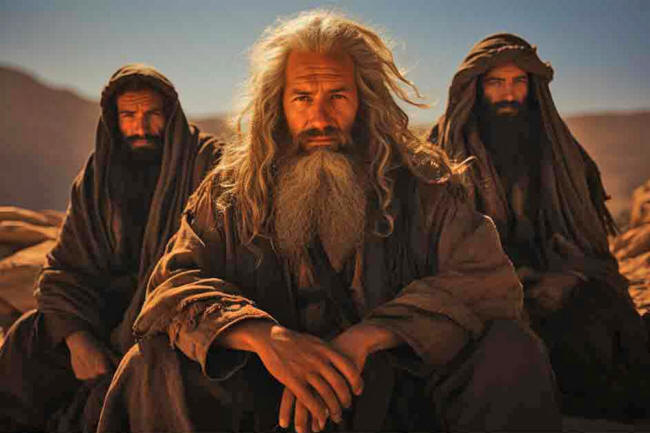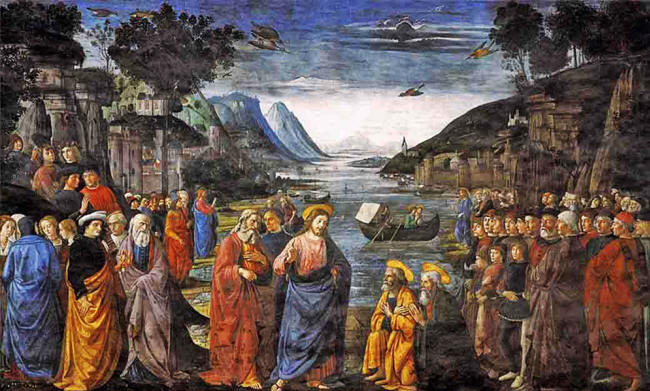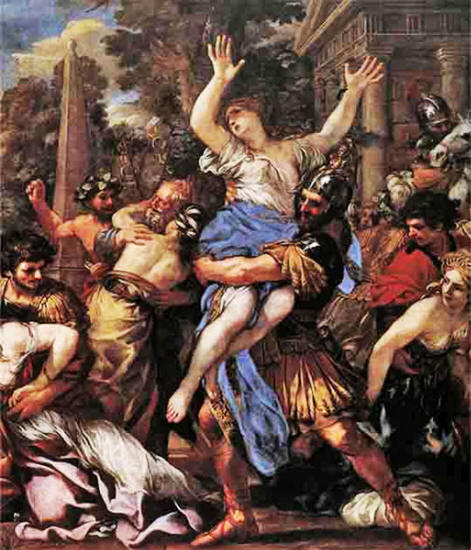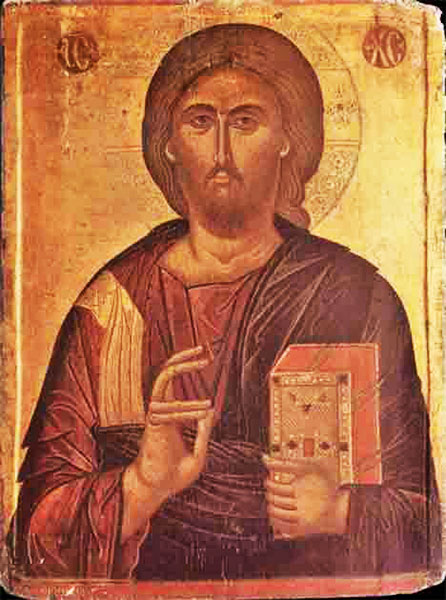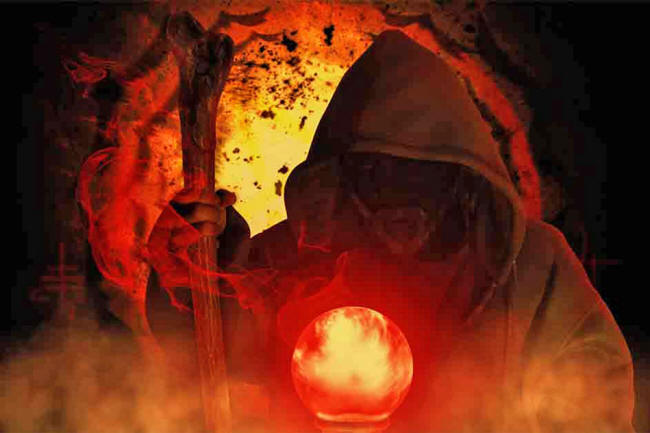|
According to the Toledot Yeshu, Jesus was a disruptive influence who used magical tricks to sway his followers into believing he was the Son of God. Source: Ирина Батюк / Adobe Stock.
And most people would be forgiven for thinking that the narrative as we understand it from the four Gospels and surrounding apocrypha is the single, straightforward version of his life.
But we would expect the main beats of the story
to be consistent, and as it turns out in that expectation,
specifically for
Jesus, we would be completely wrong.
This text, steeped in anti-Christian sentiment, challenges traditional beliefs about Jesus and his ministry.
Exploring the origins and content of the Toledot Yeshu sheds light on the complexities of religious discourse and historical interpretation throughout the centuries.
Instead of being revered as a religious figure,
Jesus is depicted as a controversial and even somewhat
malevolent character.
The Toledot Yeshu is in stark contrast to the Gospel narrative of Jesus
(Domenico
Ghirlandaio / Public Domain)
Furthermore, multiple versions exist, and its
original authorship is unknown but believed to have its origins in
oral storytelling. Rather than a single, unified work it is a
collection of stories and legends that were compiled and adapted
over time.
Instead of being portrayed as a divine figure and
miracle worker, Jesus is depicted as
a sorcerer and false prophet
who deceives his followers through trickery and manipulation.
It was most likely written first in Hebrew and later circulated in various translations and versions among Jewish communities in Europe and the Middle East. The work doesn't have just one author and its exact authorship remains uncertain, as does its precise place of origin.
However, it is clear that the text emerged within
a milieu of Jewish-Christian polemics (written arguments intended
for discussion), reflecting the tensions and conflicts between these
two religious communities during the medieval period.
Well, it varies depending on the version you
read.
In an attack on the very foundations of Christianity, these later versions depict Jesus,
Jesus's father was a Roman soldier
(Pietro da
Cortona / Public Domain)
The Jesus of the Toledot Yeshu is a subversive, rebellious figure who willfully challenges the religious and social order of his time.
The crucifixion also plays a significant role in the Toledot Yeshu.
While the Gospels attribute Jesus's
crucifixion to the Roman authorities, the Toledot Yeshu places
the blame on the Jewish leadership.
The Christian belief that Jews played a role in the death of Christ caused tension between the two groups for centuries.
Some scholars believe the Toledot Yeshu's depiction of Christ's death was an attempt by medieval Jewish scholars to justify Jewish involvement in the crucifixion.
Of these, oral storytelling is thought to have been particularly important.
came out of a medieval oral tradition
(Andreas Pavias
/ CC BY-SA 4.0)
Since early rabbis tended to ignore Jesus's existence these stories would have started out as a means of entertainment rather than religious education.
The fact the stories openly mocked and insulted
Christian tradition reflected the antagonistic relationship between
the two groups for much of history.
As they did so they integrated various written sources, including,
These sources provided a framework for the retelling of Jesus's story, allowing for creative reinterpretation and adaptation to suit the needs and beliefs of different Jewish communities.
These were tales crafted for their audience rather than an attempt to offer a strictly honest account of the life of the historical Jesus. While the original Hebrew version of the Toledot Yeshu has been lost to history, the text survived and proliferated through translations and adaptations in languages such as,
These versions of the Toledot Yeshu underwent further modifications and embellishments as they were retold and disseminated orally and through written texts.
This being said, modern scholarship has tended to reject (or at least shy away) from discussing it.
This is for a multitude of reasons.
If Jesus was a sorcerer and not the true son of God, then the Jewish role in his death becomes less significant. (wimage72 / Adobe Stock)
For centuries, the Toledot was better swept under the rug.
Even into the 20th and 21st
centuries many historians preferred to ignore its existence, hoping
to avoid controversy and reminders of Christianity and Judaism's
often antagonistic relationship over the centuries.
While the text might seem rather harmless now, it helped lead to the kind of animosity that ignited countless persecutions throughout history.
Persecutions that, for the most part, have been carried out by predominantly Christian Europeans against their Jewish neighbors.
Its rejection by mainstream scholarship underscores the importance of critically evaluating historical sources and recognizing the biases and agendas that may shape their narratives.
More importantly, it is a reminder of our painful
shared history, a history that if ignored we risk repeating...
|


